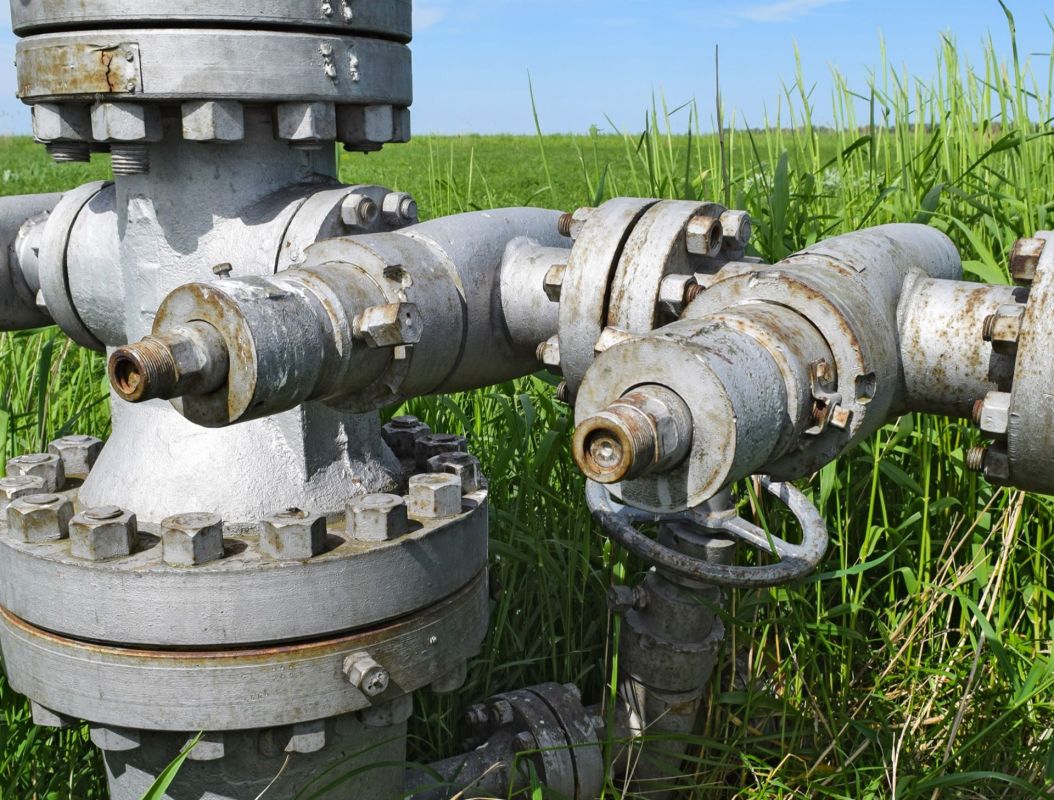Turkmenistan isn't among the highest air polluters on the planet, at less than 1% of the global total. But when the Central Asian country adds to the dirty air tally, it goes big in a bad way — pumping heat-trapping methane into the air in large amounts.
As a result, President Serdar Berdimuhamedov has approved a "roadmap" to cleaner air in his country that is intended to plug its methane leakers, which are, not surprisingly, in the oil and gas industries.
The nation also plans to join 150 other countries that have taken the Global Methane Pledge. Officials from those nations have promised to work as a group to reduce worldwide methane pollution by at least 30% by 2030 compared to 2020 levels.
If successful, it could be a big win for the planet because methane leaks now cause a quarter of the world's overheating, according to the Guardian.
"[A]fter the announcements, the real work starts to actually cut emissions," the United Nation's Manfredi Caltagirone, head of the International Methane Emissions Observatory, said to the Guardian about Turkmenistan's plan. The country will need to regularly monitor emissions and report transparently on the results, he said.
Turkmenistan had the most "super-emitter" methane events worldwide in 2022, the Guardian's report noted. More than a thousand of these events were detected around the globe from several countries, including the U.S., which clocked in with an event that pumped more than 162 tons of methane an hour into the (cough) air. That was dwarfed by Turkmenistan, which registered an event at about 471 tons an hour, according to the Guardian.
Some of the leaks are a result of aging pipes and other infrastructure.
The super-emitters are large enough that NASA picks them up using tech on the International Space Station. A Google Earth image shared on the agency's website shows 12 pastel-colored methane plumes east of Hazar, Turkmenistan.
Some of the plumes wafted for 20 miles. The worst event in the country pumped out enough dirty air to equal the exhaust of 67 million cars, according to the Guardian.
"Some of the plumes … detected are among the largest ever seen — unlike anything that has ever been observed from space," Andrew Thorpe, a researcher leading the NASA methane effort, said on the agency's website.
Now, the experts are holding their collective breath as Turkmenistan's plans are put to the test.
"It is very encouraging that a global effort is under way to assist Turkmenistan to mitigate its methane emissions, and that local authorities are responsive," Caltagirone said in the Guardian article.
Join our free newsletter for cool news and cool tips that make it easy to help yourself while helping the planet.









